Eco-Friendly Sleeping Gear for Outdoor Adventures: Rest Better, Tread Lighter
Chosen theme: Eco-Friendly Sleeping Gear for Outdoor Adventures. Discover how responsible materials, smart care, and thoughtful choices can transform your nights outside—so you wake up warmer, happier, and kinder to the wild places you love.
Why Sustainable Sleep Matters in the Backcountry
Choosing gear made with recycled fabrics, responsible insulation, and PFC-free finishes reduces pollution and resource use, so the places you hike remain wild. Better sleep means better decisions, safer travel, and more joyful miles the next day.
Why Sustainable Sleep Matters in the Backcountry
Recycled nylon and polyester from post-consumer bottles can rival virgin fabrics in durability. RDS-certified down protects animal welfare, while Bluesign-approved textiles track cleaner chemistry. These choices quietly protect rivers, soil, and alpine meadows you camp beside.
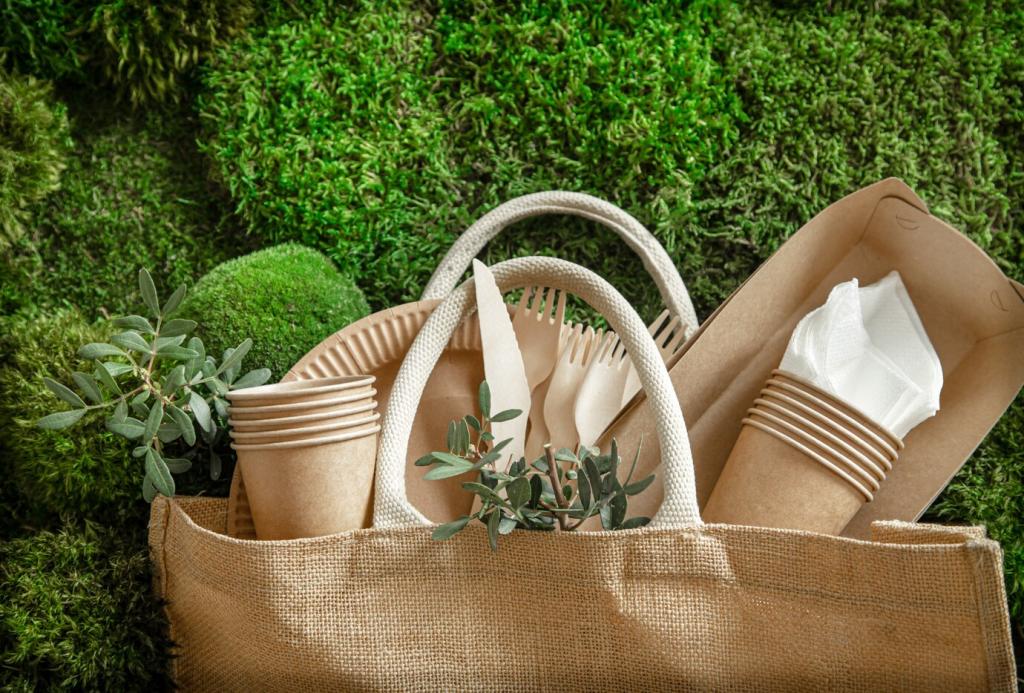
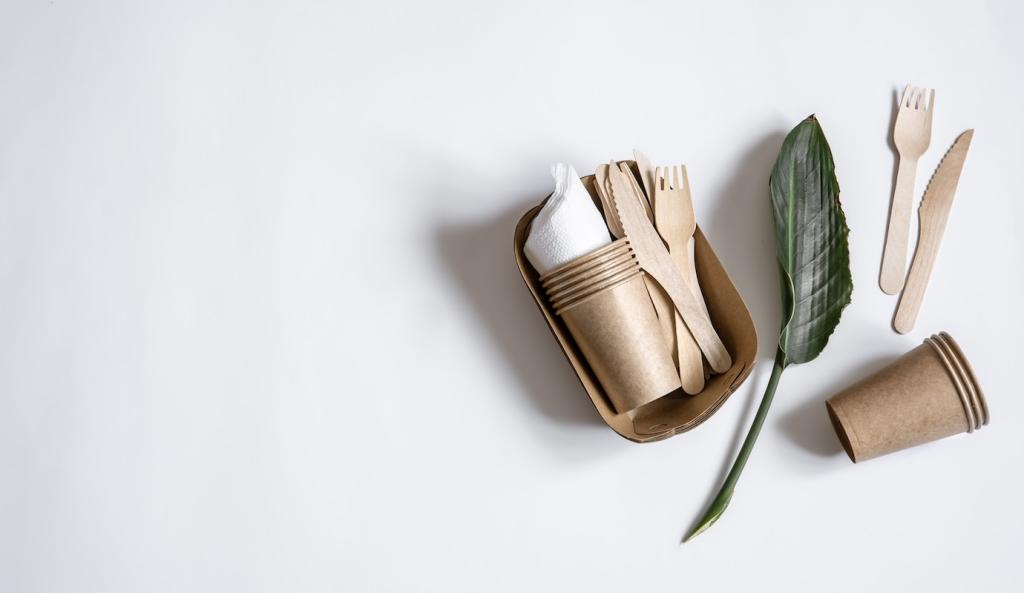
Choosing a Sustainable Sleeping Bag
RDS down offers exceptional warmth-to-weight and compressibility; recycled synthetic fibers keep you warm when damp and reduce plastic waste. Consider your climate, moisture risk, and personal ethics—then share which fill earned a spot in your kit.

Sleep Pads That Balance R-Value and Responsibility
Recycled Fabrics and Smarter Foam
Many inflatable pads now use recycled face fabrics and PFC-free coatings. Closed-cell foam pads can incorporate recycled content, last for years, and double as sit pads. Share your go-to pad for shoulder-season trips and why it works.
Repairability Over Replacement
Choose pads with included patch kits and easily serviced valves. A five-minute fix in camp can save money, materials, and a night of shivering. Tell us your most memorable trail-side repair and the lesson it taught you.
R-Value: Warmth Without Guesswork
Modern standardized R-values help you layer pads intelligently. A low-R foam under an inflatable can cut heat loss dramatically. Optimizing your system prevents emergency gear buys and keeps usable products in circulation longer.
Eco-Friendly Pillows and Modular Sleep Systems
Stuff a lightweight pillowcase with your puffy or spare layers for support. Many cases use recycled fabrics and weigh barely anything. Versatility trims pack lists, shipping emissions, and the temptation to overbuy single-purpose items.
Eco-Friendly Pillows and Modular Sleep Systems
Combine a lighter bag with a recycled-fiber liner and insulated clothing to widen your comfort range. Modular systems reduce the need for multiple specialty bags, saving money and manufacturing resources across your whole outdoor year.
Care, Repair, and End-of-Life for Greener Gear
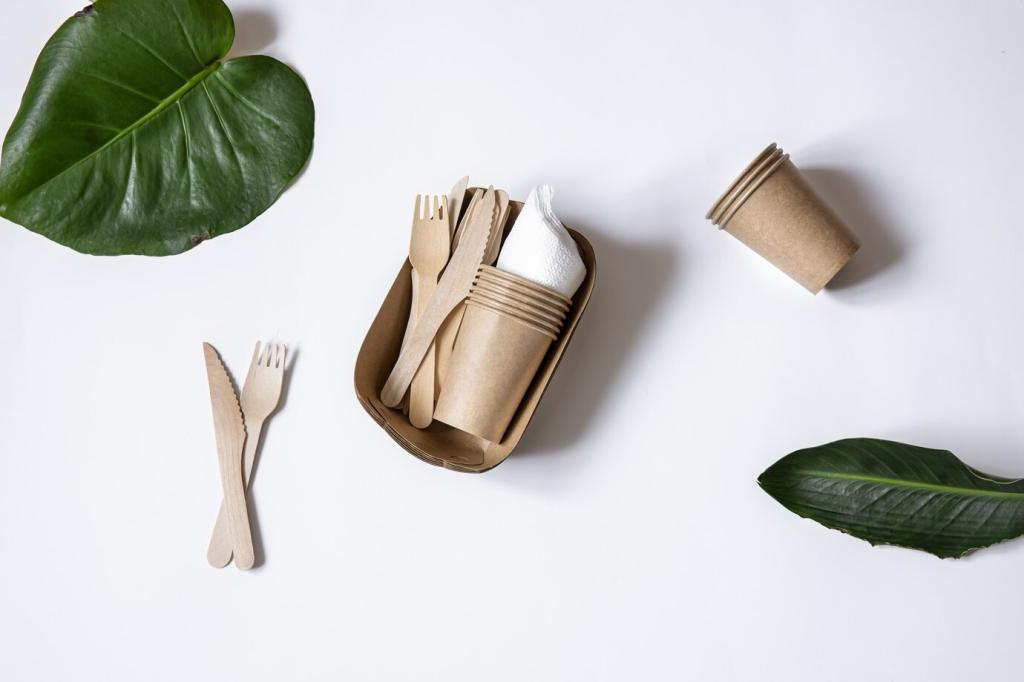
Washing and Restoring Performance
Use down-safe detergents or gentle cleaners for synthetics, then dry thoroughly with low heat and clean tennis balls. Refresh PFC-free DWR when water stops beading. Proper care restores loft and warmth without buying new gear.
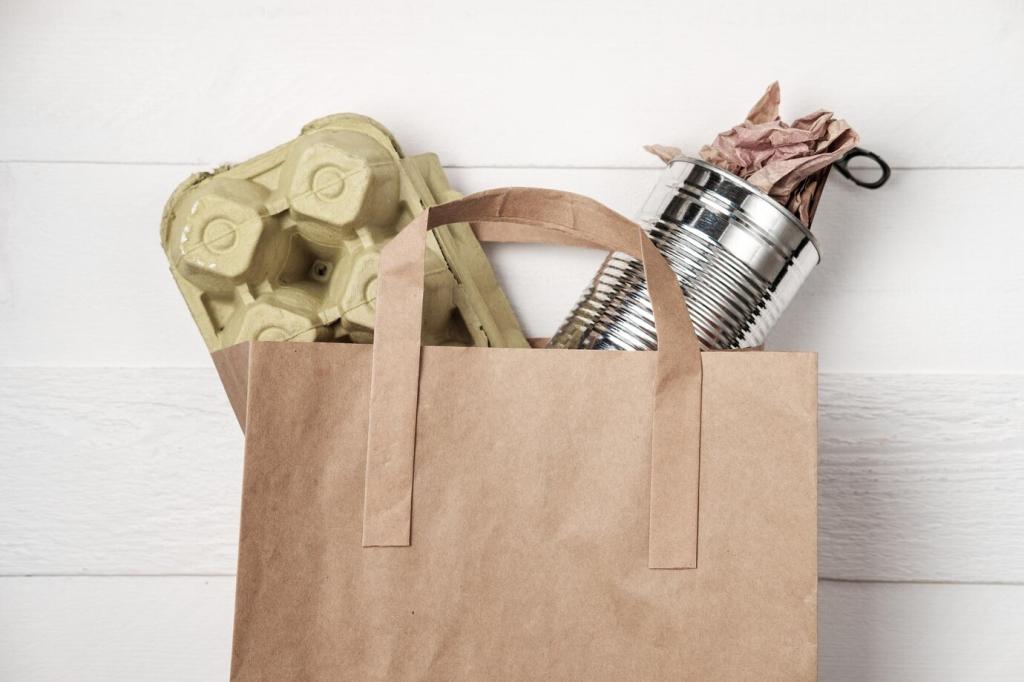
Field Fixes That Truly Work
Carry tenacious tape, needle and thread, and valve patches. A tiny kit can rescue torn baffles, snagged liners, or leaking pads. Drop your favorite quick-fix tip below—someone’s warm night might depend on your experience.

Resell, Donate, or Recycle
When gear no longer fits your needs, resell it, donate to youth programs, or use brand take-back initiatives. Extending a product’s life is one of the most impactful sustainability steps any camper can make.
Brand Transparency and Certifications to Trust
RDS protects animal welfare; Bluesign audits chemistry and manufacturing; GRS verifies recycled content. These frameworks aren’t perfect, but they raise the bar. Which labels influence you most when you’re comparing bags and pads?
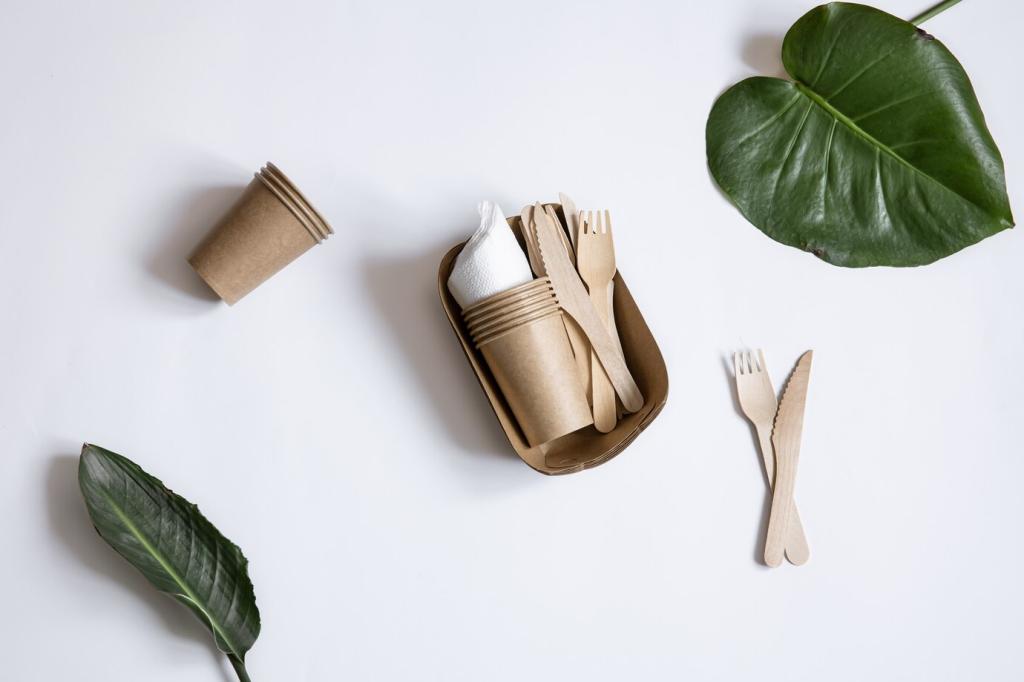
Packing and Camp Practices That Lower Impact
Swap or borrow seldom-used items, split group gear, and avoid redundant comfort extras. Lighter packs mean fewer strain injuries and lower shipping emissions overall. Comment with your favorite community gear library or swap group.

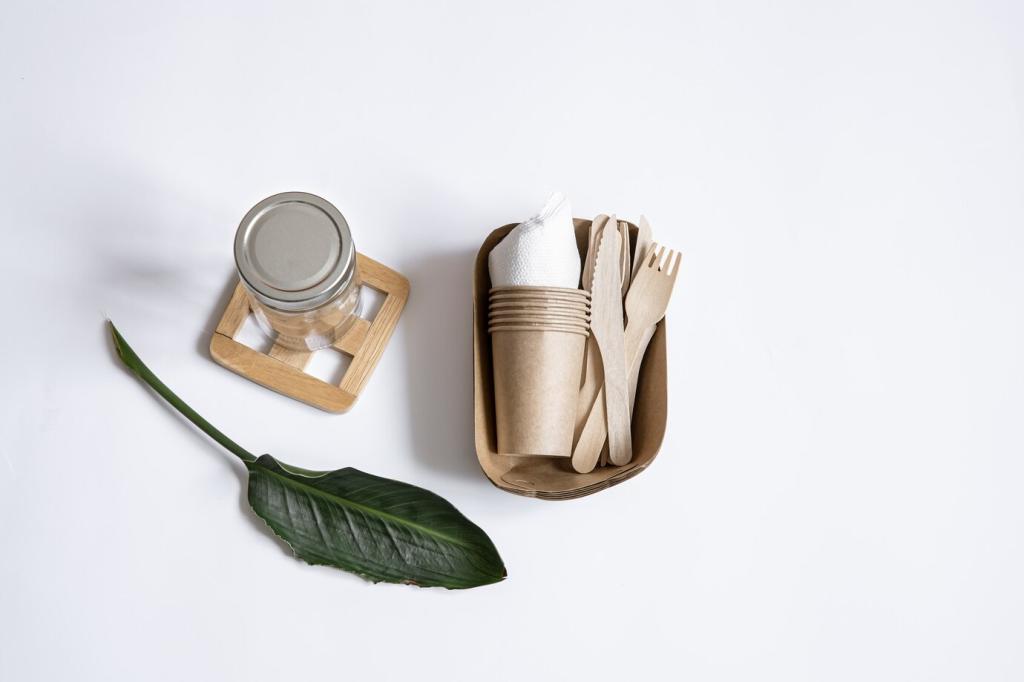
Packing and Camp Practices That Lower Impact
Choose durable surfaces, rotate tent sites, and avoid fragile alpine tundra. A high-R pad can let you camp on colder but more durable ground, sparing sensitive areas from compaction and erosion while you stay warm.

Trail-Tested Stories: Lessons From Colder Nights
On a damp coastal trek, a recycled-synthetic bag stayed reliably warm after unexpected spray soaked camp. Waking up energized, our reader skipped an emergency bail-out and finished the route—proof that low-impact materials can perform.
